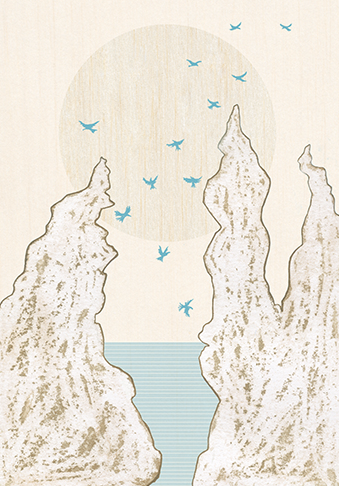“My soul must live with the colour”
The Transformative Potential of Colours Described by Rudolf Steiner
Keywords:
Rudolf Steiner, ColourAbstract
The article focuses on the transformative potential of colours described by Rudolf Steiner. Steiner’s colour definitions are approached through the aesthetics of religion, investigating religion as a sensory and mediated practice. The goal is to clarify the identifiable features of the anthroposophical use of colour and how the Steinerian conception of colour relates to the anthroposophical worldview. Steiner’s conception of colours was strongly influenced not only by theosophy but also by J. W. von Goethe’s theory of colour and his ideas of metamorphosis. Steiner’s colour definitions are discussed both through his published lectures and through his own drawings and paintings. These pictures were intended to function as models for artists working with anthroposophical art, and they can be understood as specific sensational (i.e. sensory) forms that many later artists have produced variations of. Steiner’s use of colour is approached particularly through his Nature Mood sketches (1922) and his painting New Life (Mother and Child) (1924). The analysis of artworks made in the anthroposophical tradition can deepen our understanding of Steiner’s conception of colours and its transformative potential.

Published
How to Cite
Copyright (c) 2024 Sari Kuuva

This work is licensed under a Creative Commons Attribution 4.0 International License.









